



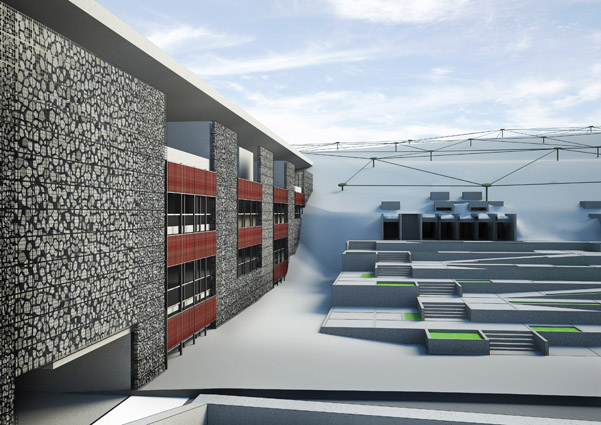

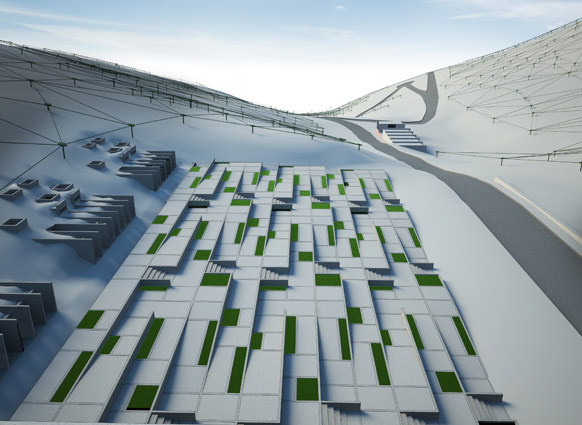

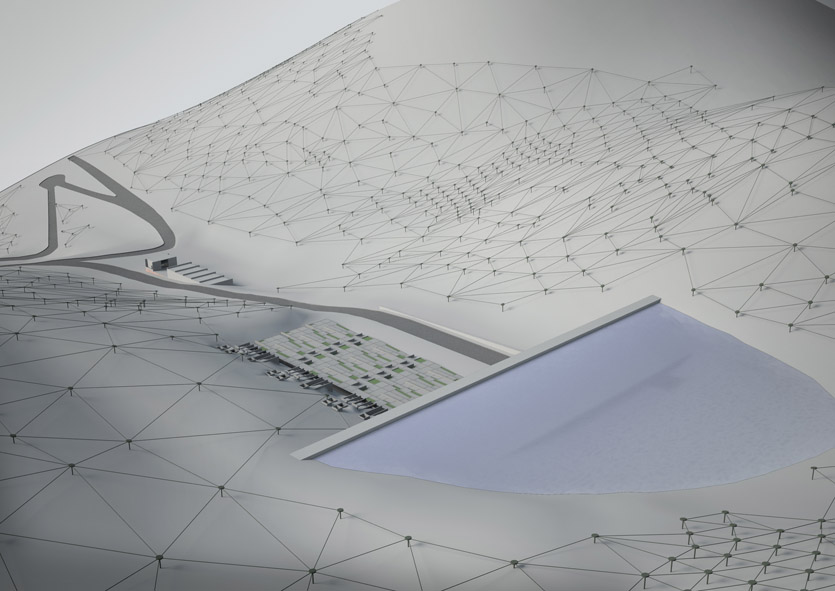

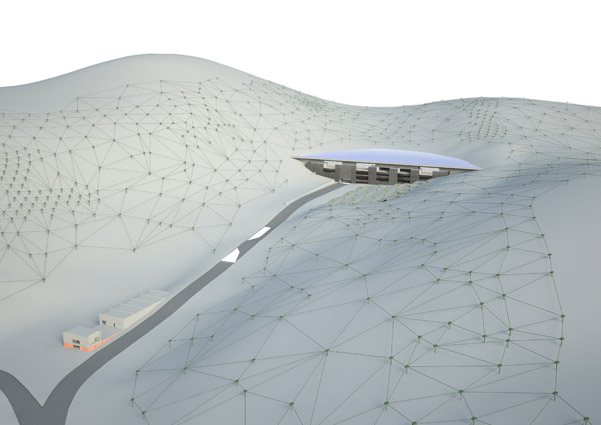

Data centers are specialized computer systems management environments . They cover reliably all the functional needs of such systems as electrical infrastructure, cooling systems, network infrastructure , continuous interface (uplink), physical security, fire security etc.
Previously, data centers were created to fill the needs of a particular companies or public services. The spread of computers and the Internet creates a constant need of unhindered access to computing power and storage space. This need reverses the relation of ownership - use existing and new data centers are usually generic computing infrastructures providing services via the Internet (cloud services).
It is estimated that in 2007 the sector of information technology and communications (Information and Communication Technologies ICT) was responsible for 2% of global carbon emissions, with the data centers to account for the 14% of the footprint of ICT.
Energy consumption is a key size for the data center. Decisions in the process of designing a data center such as size, position, shape of the building, equipment, etc., are taken in account primarily on the energy impact.
Aim of this thesis is to design a building to house a data center of large scale while covering a series of secondary support functions. The data center will house grid computing systems to create an integrated management system of virtual servers to sublease online. The design takes into account the needs of scalability, reliability and security of a data center tier 3 according to standard TIA-942. Particular attention is given to optimize its energy efficiency through the use of the special features of the site chosen.
Supervisor: Papadopoulos Spiros
Reference Number: 471


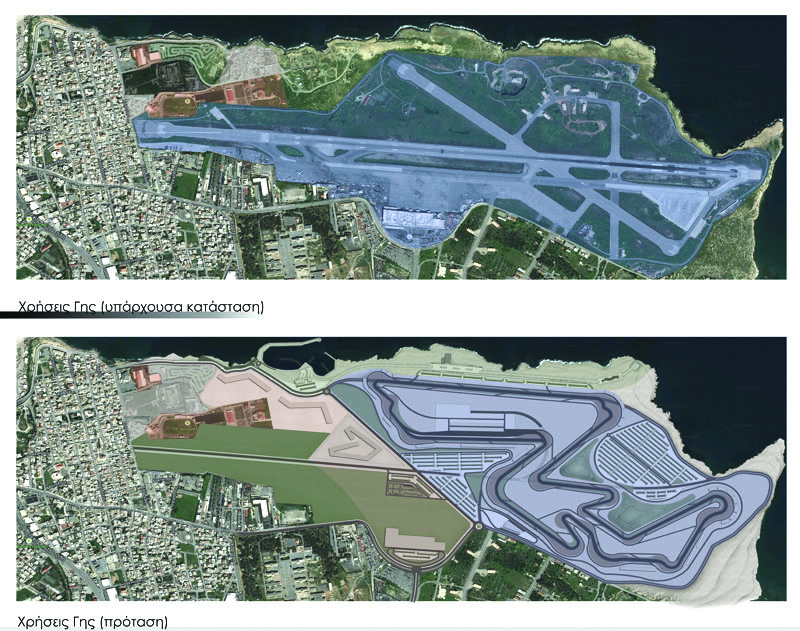



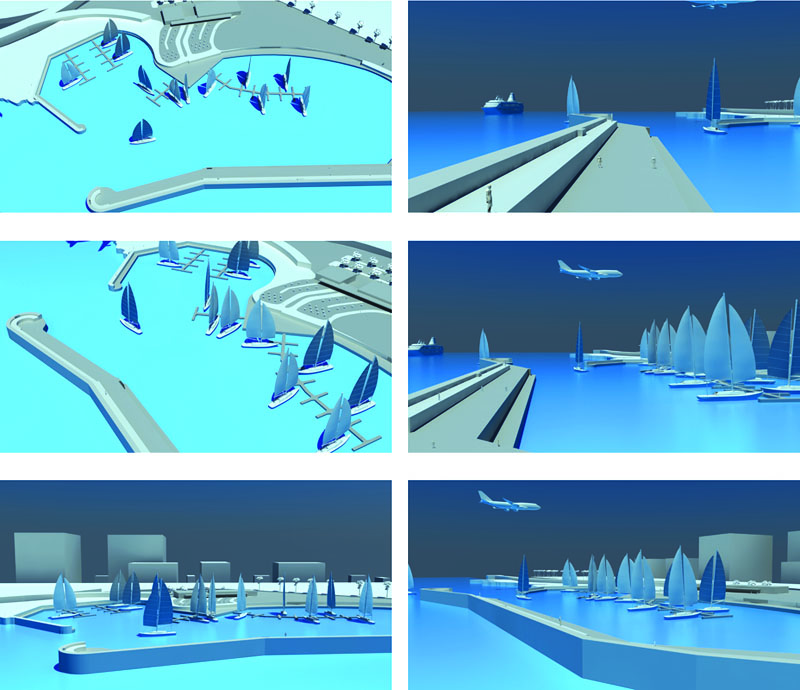

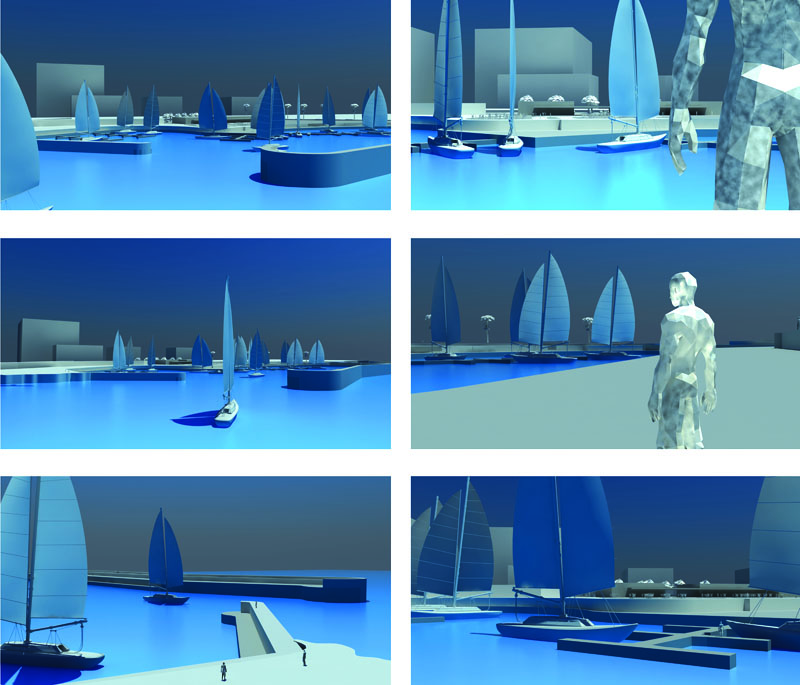

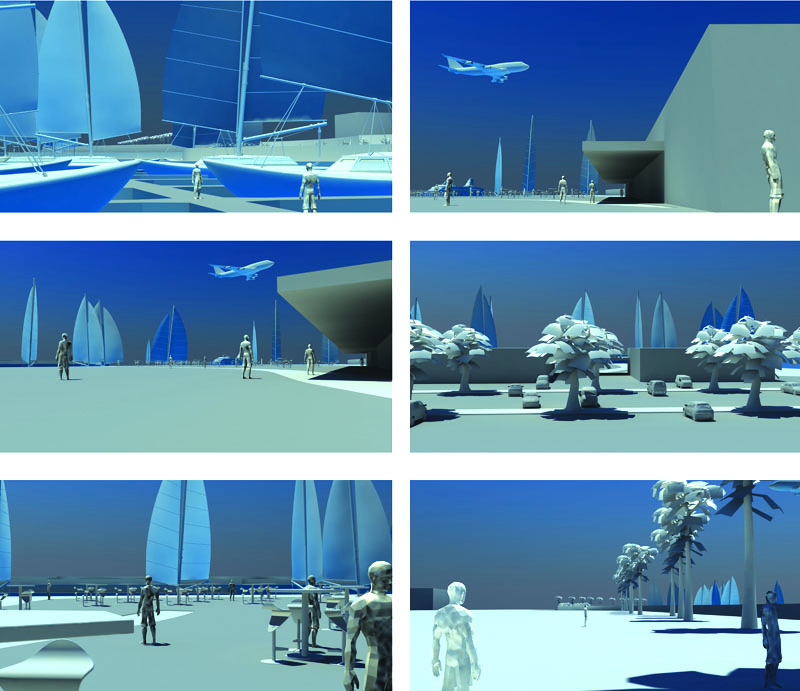

The city of Heraklion even though it has always had a coastal front covering several kilometers, it had faced away from it. For many years it was one of the few, if not the only one, coastal cities of Greece which had not included at all their coastal front zones in their urban fabric. The preparations for the Olympic Games brought big changes for Heraklion, the city began to change with a significant part of the coastal front being part of the everyday life of the citizens and thus the city, gradually, faced the sea. Even though those changes were significant, they were only a part of the total length of the coastal front. Some parts of the city still have unused parts of their coastal zones but the need for exploiting those areas by the residents is strong. Such an area is Nea Alikarnassos, the eastern border of the municipality of Heraklion, the airport area as it is widely known. This project studies the space occupied by the facilities of the International Airport of Heraklion to the coastal front of Nea Alikarnassos. Taking into account the future relocation of the International Airport, the project is studying a case of redevelopment for the entire area with the intent of making the city interact with this, formerly out of limits, space. In response to the installation of a Formula 1 circuit in the area, different infrastructures are being placed in the site that will satisfy motor racing tourists. The interaction of the track with the city gives the opportunity for a new configuration of the coastal front which can be used on a daily basis by all age groups of the city residents and the tourists.
Supervisors: Gavrilou Evelyn, Trova Vasso
Reference Number: 463


The aim of the project is to create a network of museums affecting the cities’ economic and cultural growth. Its participants are regional European cities belonging to a network of cheap air airlines. The aim is to host temporary exhibitions of important museums of the world encircled by a museum-type and educational center related to local productivity, its history and tradition. As case study the city of Volos is selected and the art of weaving and textiles, developed particularly in the area during the 19th and 20th century.
Supervisor: Lykourioti Iris
Reference Number: 464


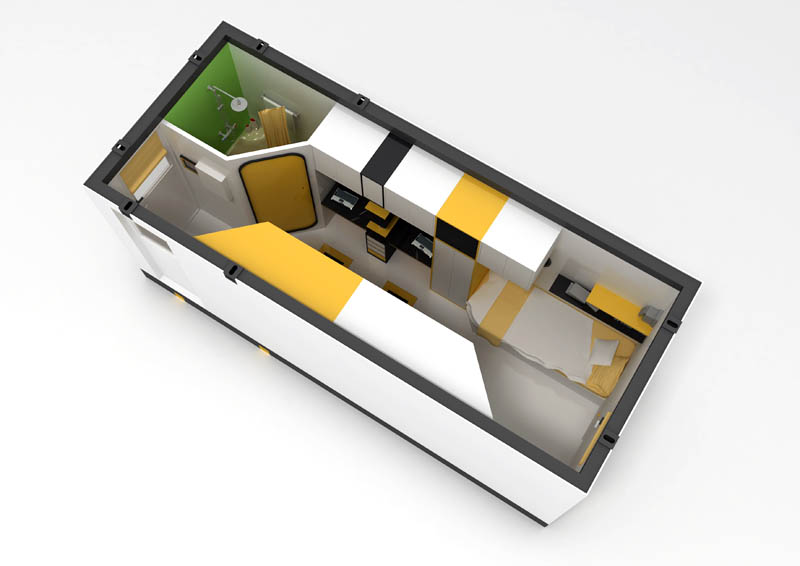

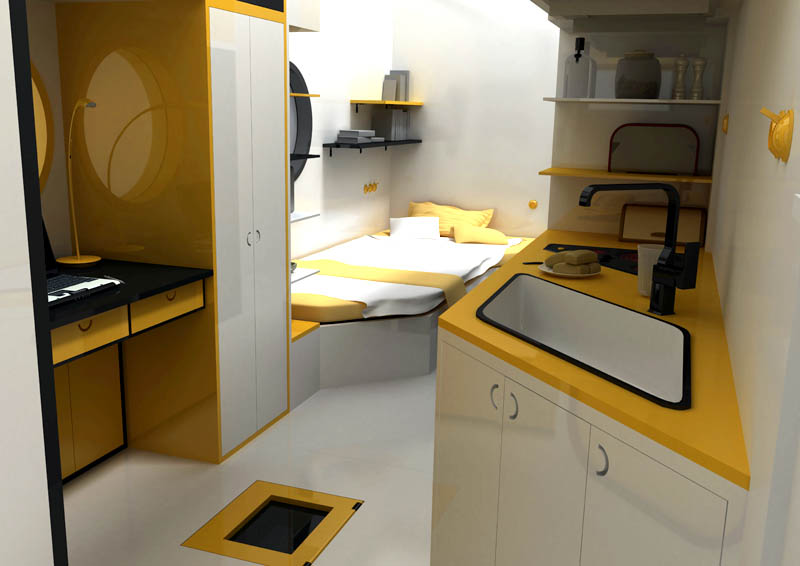







Mechs: A term derived from the English "mechanical" (engineer) . Widely used in science fiction projects to describe giants robots controlled by people within them.
The original idea was a project of designing a dwelling unit for emergency situations . Then it evolved in a proposal for a residential model based on the ideas of disurbanism movement and metabolistic movement.
The central idea of the disurbanists was that they rejected the overall logic of a city. They considered that cities was another relic of capitalist society and proposed a model in which there will be virtually no distinction between urban and non – space, between the city and the countryside. Simultaneously used to divide the cities planned in individual cores or operating zones.
For metabolistics, a building is an unfinished product, which can and should be tailored to individual needs. It is not a work of art that should not touch it, lest it spoil. A building must be exposed to change, should find its way to the different fits, at times, circumstances. Thus, the building consists of a number of units. Changing their combination can provide a new building to meet new needs. In the early approaches these structures originated as cuboid trees: units domicile sheets developed by branches connected to the main trunk. As trees grow and spread would form an interconnected forest, which would extend the space available for the society from below.
The resulting work, based on the above principles, is an attempt to a city who will teeter on the needs of its residents. A city that can dynamically change the maximum filling .
Supervisor: Kotionis Zissis
Reference Number: 467

